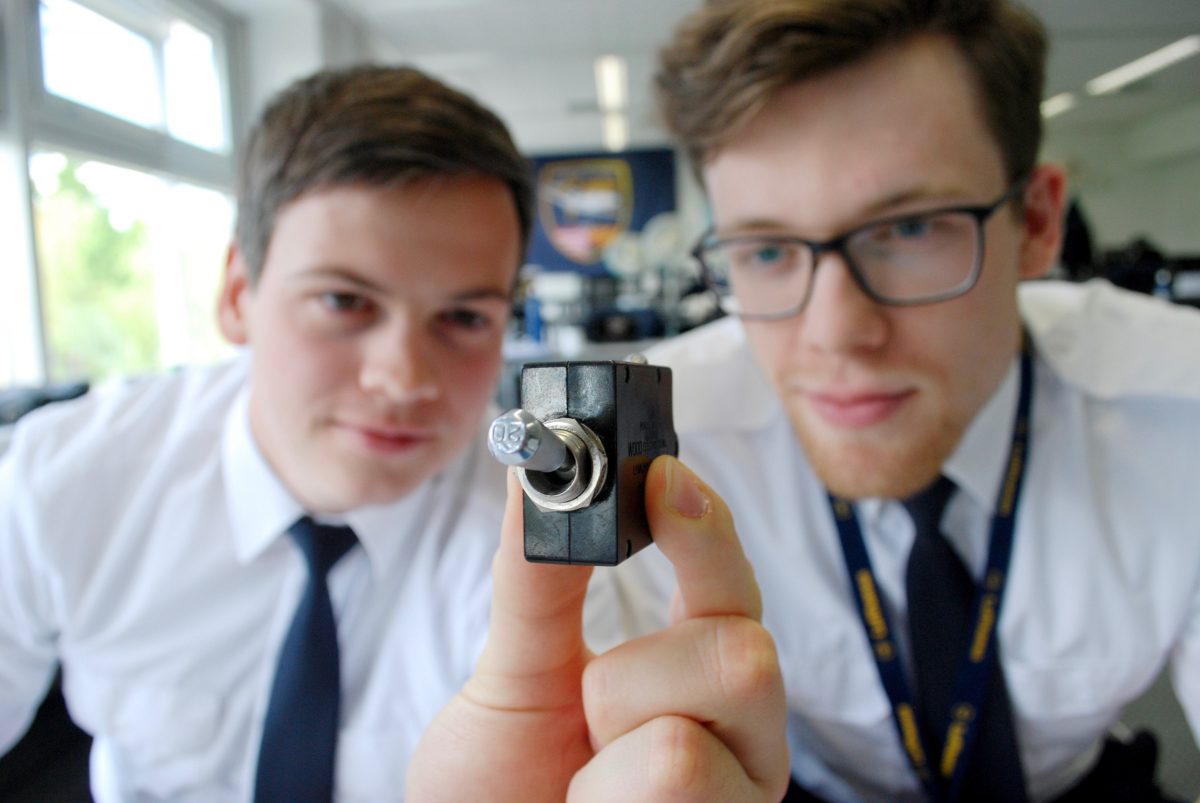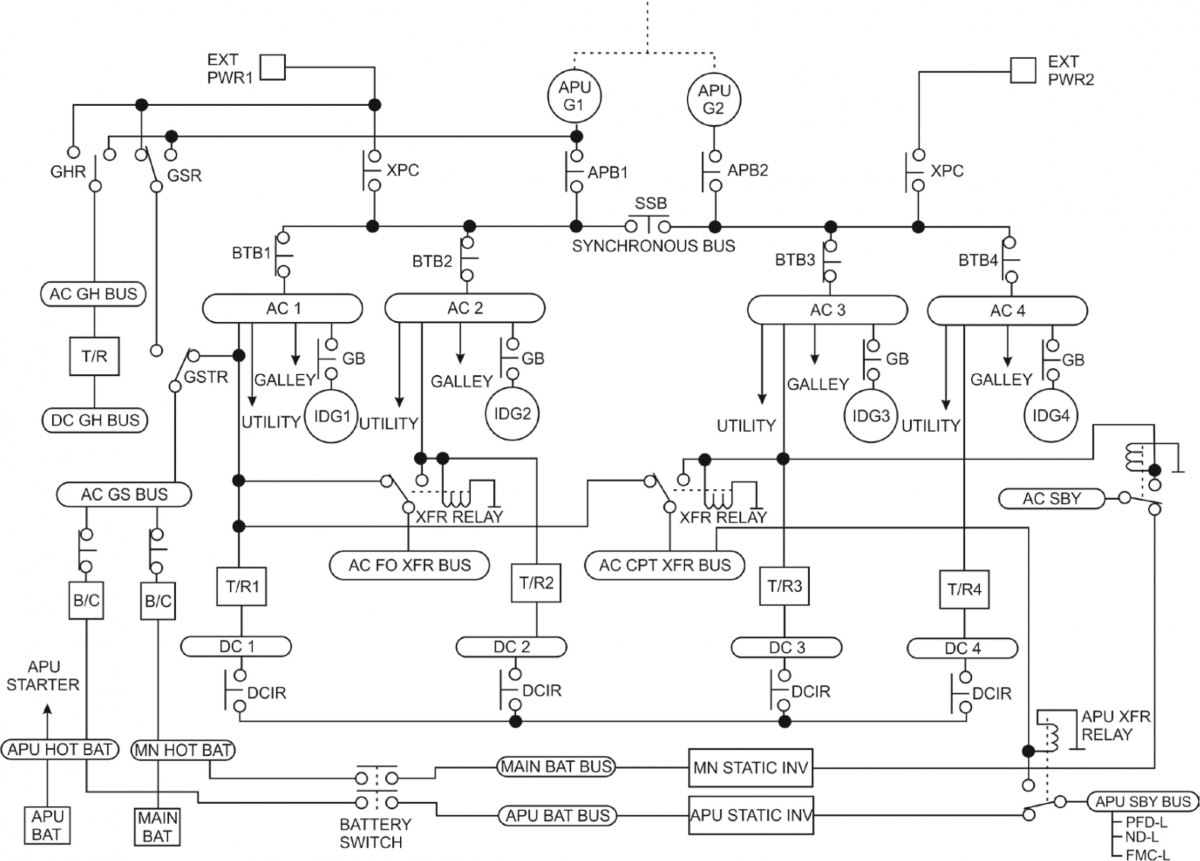Hi,
I’m Marvin and you might already know me if you have followed the most recent blog posts.
Today I will introduce you to another topic from our theory lessons: Electrics. As a subchapter within general aviation studies, you might think the Electrics topic isn’t so important. On the contrary!
An aircraft is one of the most advanced and complex machines mankind has ever developed. The pilot sees himself or herself as both a team planner and a system manager. If you take a look at the aircraft as a system, you’ll find a complex web of electronics and software behind the instruments, which are the interface between pilot and machine. Take a look at Mischka’s recent blog on that topic. The aircraft increasingly depends on electronic devices, including the sensors, lighting, radar technology, , and others. That’s why the European Flight Academy puts great emphasis on this subject.
What does a capacitator do, what are radar’s oscillating circuits actually for, and how do I read the manufacturer’s schematics in order to understand the system’s setup and possible errors? Where does the current actually come from and how can I make sure that my devices are supplied with sufficient power? Can I power my systems with alternative electricity sources…and what is actually connected to my emergency circuit? All these are topics you deal with in class and the answers aren’t always obvious. Generators can differ a lot and several switches serve more functions than just “on” and “off”.


To those who don’t already know: there can be either DC or AC generators aboard an aircraft. Redundancy has a high priority in aviation and thus most aircraft have two of either generator type. Hence, every grid has its own demands. It must be ensured that DC generators supply the same current in parallel mode, for example. Meanwhile, AC generators must keep up the same frequency constantly. This is achieved with the so-called “Constant Speed Drive”, which is connected to the generators in order to make them work in a constant speed while maintaining the desired frequency.
Within an aircraft, these parameters and more have to be supervised at all times. Of course, the crew can’t supervise each parameter individually; the software does a lot and displays the most important information on aircraft screens. But the computer has to receive the data from somewhere, too. This happens with a multitude of sensors. Angle of attack, temperature or turbine pressure are just some of the factors assessed.
Sensors like this include components such as temperature-sensitive resistors, which use so-called bridge circuits to convert the analogue signal “temperature” into a current, which the system interprets and then displays in the cockpit.
Another important sensor is the “proximity switch”. Actually, this is just a coil in a cylinder that reacts to metal approaching the sensor. Nevertheless, it’s indispensable because it is used to make sure the landing gear is retracted and locked. It also serves as a “weight on wheels switch”, which signals the aircraft when the main landing gear touches down.
The information provided and how it’s presented to the pilot is crucial to the safety of a flight operation. In case of errors or if certain threshold values are exceeded, the pilot must decide whether it’s best to use any alternative systems or if they can continue the flight without the relevant devices, instruments, or sensors – and if they should switch them off for this reason.
Sensors are important for detecting errors early on and avoiding incidents. Just like the circuit breaker, these sensors are comparable to a fuse box at home. They ensure that most systems automatically go offline in case of excess currents. Here too, the pilot can choose to manually reset the CB and to reconnect to the grid. However, you only do this when absolutely necessary because excess currents are riskier than a switched off device.

We now have a good overview of Electrics theory and we are already looking forward to both applying and consolidating our knowledge.
I hope this gave you a glimpse of what lies ahead for a future pilot at the EFA regarding electrical engineering, and I hope that I have made clear how relevant this subject is for flight safety.
Stay tuned for the next posts and bye for now!
Best regards,
Marvin



